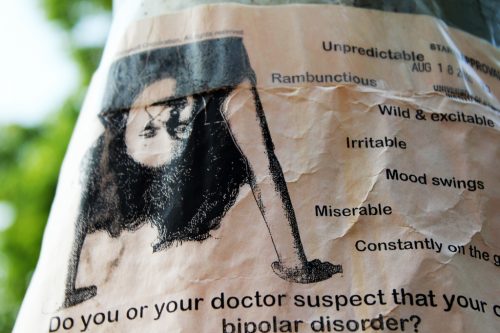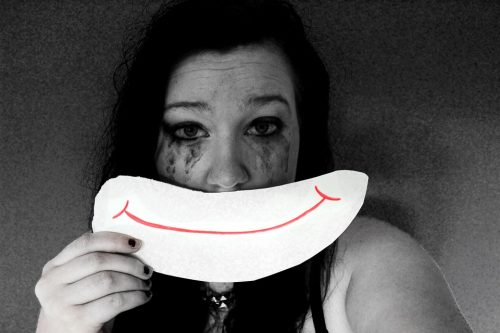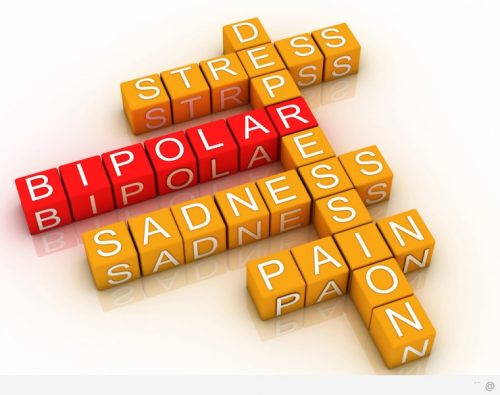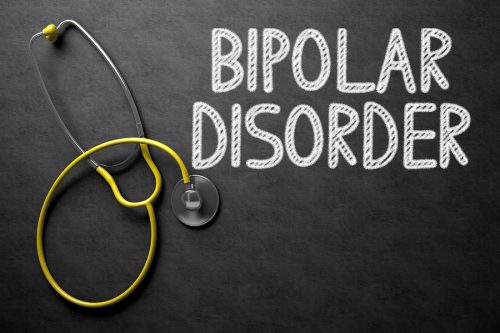Bipolar disorder — is it just something to chat about or are the symptoms a real threat to your health and mood? Myths on bipolar disorder? Are you wondering about different bipolar disorder myths?

Source: flickr.com
Unlike typical mood swings, Bipolar disorder is a condition that affects function due to constantly elevated moods. There are beliefs about the condition that aren’t true, but it’s a real disorder with painful effects on a person’s mental health. Being bipolar and experiencing mania and depression aren’t easy. Let’s discuss the beliefs about this condition. Let’s learn some of the things families and the community somehow misunderstood about the condition.
Beliefs About Bipolar Disorder
Bipolar disorders are a series of mood disorders that can be diagnosed based on experiencing symptoms. They’re not just mood swings — that’s a myth — bipolar disorder means that it’s not going to be a one-time thing. However, there are still many myths surrounding it. Even a diagnosis of bipolar disorder has difficulty combating it. One such myth is that people with this condition cannot lead a normal part of life. This is not true, as with proper treatment and management, individuals with the condition can lead productive and fulfilling lives. People with bipolar disorder will find it more difficult to live normally, but it’s possible with the right support. It’s important to reduce stigma and educate people about the reality of bipolar disorder to dispel these myths and help those who may be struggling with this condition.
These beliefs about the bipolar disorder experience are false because people can have mixed episodes of mental disease. There are cases such as bipolar 2 where people won’t reach the level of full-blown mania. It is a lower-grade mania that is a different state of the condition where people feel different.
It is more complicated and complex. Teens and other people with bipolar can have hypomanic episodes and a mental disorder at the same time. It can make them feel very uncomfortable, frustrated, and irritable, due to their grandiose thoughts. People with bipolar disorder makes them excited and feel bad about themselves at the same time.
The severe mania of the medical condition does not live with mild symptoms. Usually, mood changes process negative thinking with few personal triggers. Thus the national suicide prevention lifeline always insists that many misconceptions should be taken care of.
Bipolar Myths
One of the myths about it says that mood swings are not a bipolar ii disorder. To be able to get diagnosed with any type of bipolar, children should have this grandiose sense of self and an extreme feeling of happiness. Anything less is a myth. Bipolar disorder tends to operate at extreme levels.
The full-blown mania must occur at least once a week to see the permeated unbreakable hypomanic episode and hypomanic symptoms for it to be a bipolar disorder. Bipolar also has long periods of continued hypomanic episodes within a specific span of days.
Regarding major depressive episodes, there should have at least five of its criteria that should last for about 2 weeks. Kids’ mood episodes during the day are considerably not a sign of having the condition.
“People with bipolar disorder will swing from a manic episode to a depressed state. During a depression, some people have trouble sleeping while others sleep more than usual.” – Kathleen Cairns, PsyD

Source: pixabay.com
BPD Myths
As a mental health disorder, bipolar has many myths surrounding it. It is part of the myths because the thing about bipolar 2 diseases is that it doesn’t reach full-blown mania. However, it stays in a depressive episode for a much more extended period. And because a lot of affected individuals don’t reach the craze, they don’t often see it as a complication.
As a result, they go out for years without diagnosis and treatment services.
According to the diagnostic and statistical manual, melancholy is a prominent part of the mental health condition associated with it that severely impairs overall function. These include drug abuse or substance abuse disorders, alcohol abuse, rapid cycling bipolar disorder, cyclothymic disorder, and more.
The condition affects the kids’ ability to interact with people.

Source: pixabay.com
“With bipolar I, there is an inconsistency in terms of mood that is typically comprised of especially high highs and especially low lows.” – Sally Winston, PsyD
That’s not true. That’s because some patients never reach full-blown mania. They can only experience lower-grade hypomania which is a less severe form of mania. A majority of their time is stuck on depressive symptoms and manic episodes in which they feel similar symptoms such as extreme sadness, irritability, and anxiety.
In some instances, they somehow pretty much get excited about things and eventually lose interest after completing a specific task.
To end the stigma around bipolar disorder, it’s important to address the many myths that surround this condition. One common myth is that individuals diagnosed with the condition are unable to hold down a better job or maintain healthy relationships due to their episodes of mania and depression. However, with proper treatment and support, many adults with the condition are able to thrive in their careers and personal lives. Dispelling the myth that prevents individuals from having a better job or finding modern love is crucial to reducing the stigma and ensuring those with this condition receive the support they need.
Though symptoms are comparable to clinical depression, bipolar disorder 1 differs in a way that the mental illness excels more in a lot of social interaction.
That’s not true at all. People who have mental illness are capable of living and overcoming their diseases. Once people get the right support groups that they need, they can generally do the things they use to do.
Although there might be some restrictions in some cases, they are still capable of achieving great things. Do not worry because according to Beth Esposito, MS, LPCC-S, LSW, “Depression is a treatable illness.”
A mental health professional helps treat severe depression through different types of recovery treatments such as counseling or family therapy. A healthcare professional also helps provide self-help strategies.
Conclusion
It’s a fact that there’s no cure for mental health disorders, but the combination of therapy and medication can somehow minimize their long-term effects. It is much better to seek a prognosis as early as possible to have a chance of treating bipolar disorder.
Frequently Asked Questions
Does anything trigger bipolar?
What are the 5 symptoms of bipolar?
Does bipolar worsen with age?
Does bipolar turn into schizophrenia?
Does bipolar damage the brain?
Does bipolar get worse with age if treated?
Can bipolar go into remission for years?
What is a bipolar disorder caused by?
Does BPD shorten lifespan?
Can you manage bipolar without medication?
Is bipolar associated with genius?







